Stories
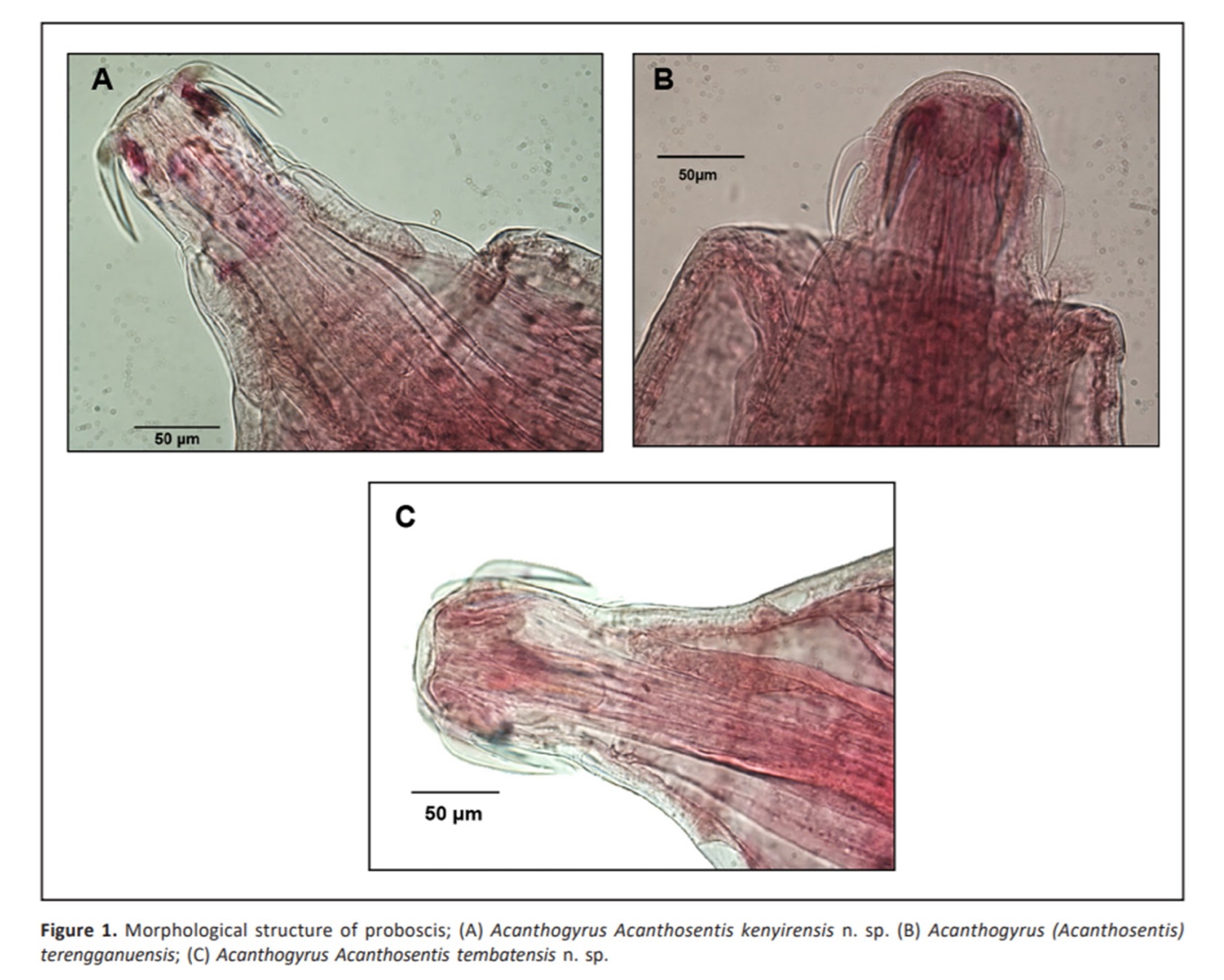
Early Parasitic Worm Discovery
Found and collected back in 2014, the first and early specimen of parasitic worms collection in RRC is a new species of acanthocephala and published in the Malaysian Society of Parasitology and Tropical Medicine (2021). Acanthocephala are known as thorny-headed worms, characterized by the presence of an evertable proboscis, armed with hooks and spines. This parasite are obligate endoparasites, commonly attached to the intestine of the definitive host. Accompanying the microscopic image were several pages of text that described the three new species and its given scientific name, Acanthogyrus (Acanthosentis) kenyirensis, A. (A. terengganuensis and A. (A.) tembatensis. These acanthocephalans found in the intestine of the Tinfoil Barb Barbonymus schwanenfeldii in Kenyir Lake Malaysia.
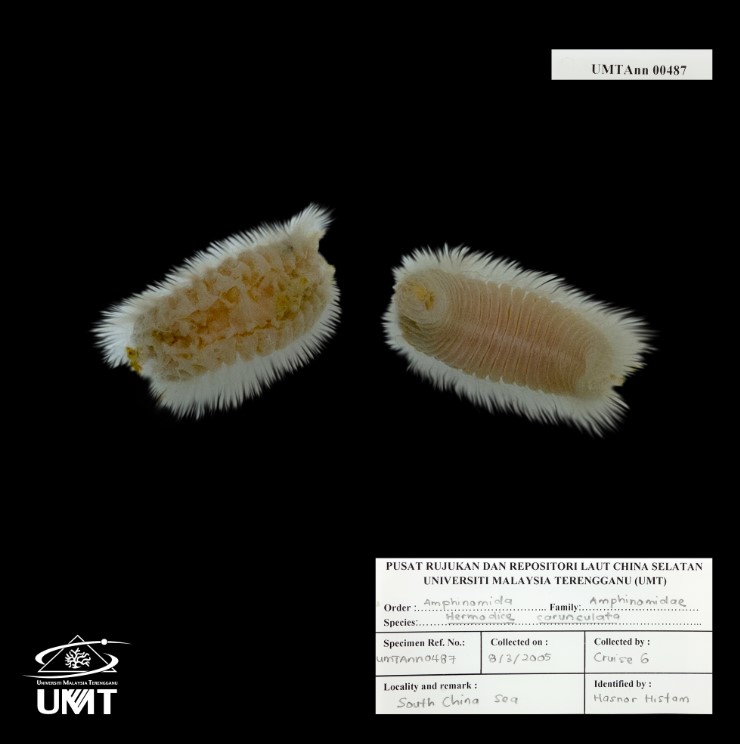
Journey Through Time - The Oldest Marine Worm
In the hushed corridors of the South China Sea Repository and Reference Centre (RRC), where the shelves were lined with countless jars of preserved marine specimens, there sat a container labeled UMTAnn 0487. Little did the staff know that this particular jar held not just any marine worm but a relic from the depths of the ocean's history. The story begins in 18 years ago, on a breezy day in 2005 when the intrepid Cruise 6 staff set sail into the waters off Terengganu, Malaysia. After collected, this unassuming creature was carefully preserved in 75% of ethanol and entrusted to Mr. Hasnor Hisham for identification. The scientific name given is Hermodice carunculata, a polychaete worm belonging to the family Amphinomidae. Little did anyone know that this worm would become the oldest collection in the South China Sea Repository and Reference Centre, a living testament to the richness of the region's marine biodiversity. Over the years, UMTAnn 0487 became more than just a specimen; it became a symbol of the sea's enduring mysteries and continued its quiet existence on the RRC shelves, a humble ambassador from the depths of the South China Sea, telling a story that transcended time and spoke to the endless wonders that the ocean held, waiting to be discovered by those willing to explore its depths.
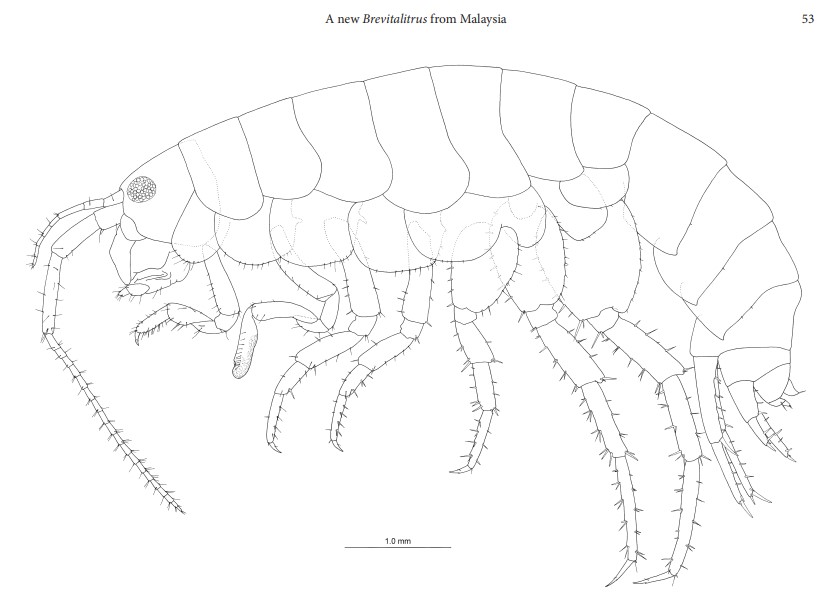
Time-Traveling Crustacean A 29-Year Odyssey of Discovery
Nestled within the archives of the South China Sea Repository and Reference Centre (RRC), the venerable UMTCrus 0496 stands as a time capsule from the coastal realms of Pangkor Island, Perak, Malaysia. Collected by the adventurous duo Hiroshi Morino and Othman Bin Haji Ross in the backshore forest of Pangkor Island on September 17, 1994, this unassuming amphipod, now identified as Brevitalitrus pangkorensis, quietly waited for its story to unfold. Little did the researchers know that this unassuming crustacean, preserved in the RRC for 29 years, would emerge as a living relic. In 2018, a meticulous examination by dedicated scientists Tomikawa, K.; Nakano, T.; Othman, B. H. R.; Morino, H. revealed that UMTCrus 0496 was not just any amphipod; it was an entirely new species, shedding light on the intricacies of marine life in the South China Sea. This crustacean, now recognized as the oldest Arthropoda collection in the repository, continues to be a source of fascination and discovery, embodying the ongoing narrative of exploration and understanding within the scientific community.
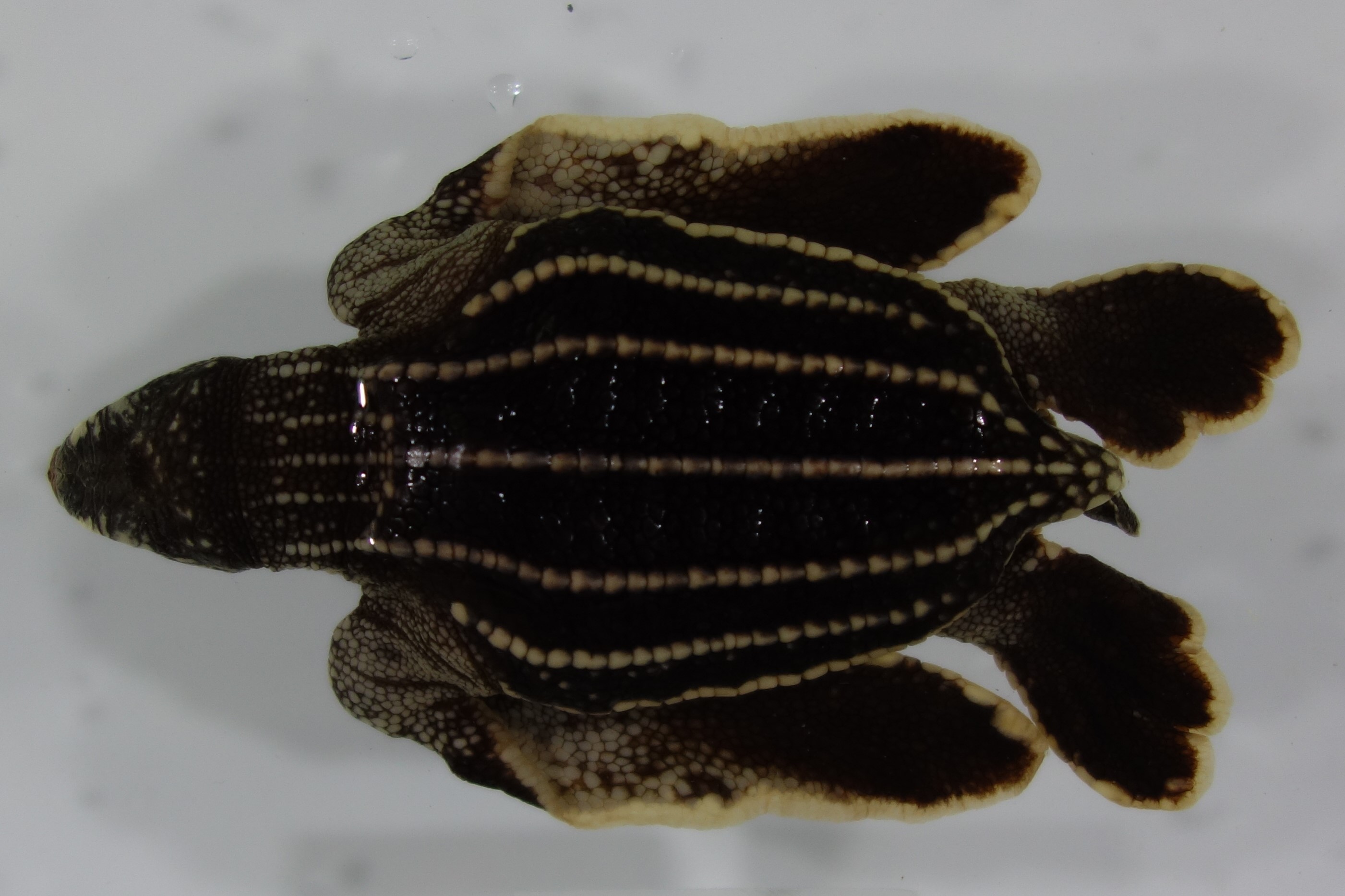
The Groovy Shell-less Wonders of the Sea
Among the fabulous seven sea turtles, the leatherback (Dermochelys coriacea)stands out as the superstar - the biggest and the shell-less wonder! Instead of a regular hard shell, it rocks a fashionable, elongated, leathery suit with seven snazzy ridges down its back. Baby turtles sport a thin yet tough leathery layer, jazzed up by thousands of teeny bone plates. But as they grow up, the bones go bye-bye, leaving only the sleek leather attire. Watch out, jellyfish: these turtles love a good Portuguese Man O' War snack! Oh, and did you hear? The RRC holds a relic from the past: a groovy reptile guest from '86, courtesy of the turtle maestro Prof Chan Eng Heng, after a Malaysian turtle adventure in Kuala Abang, Dungun!
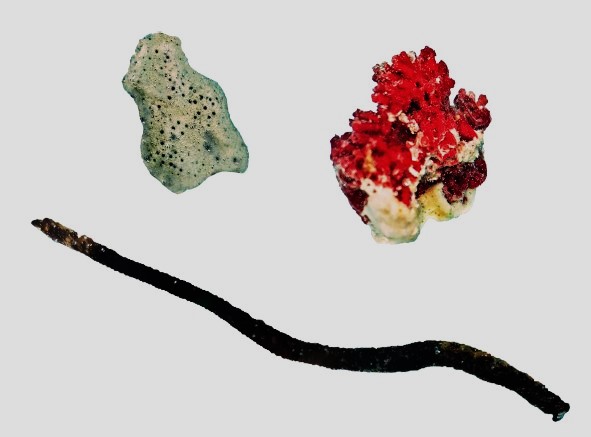
Gems from the Deep-Unveiling Malaysia's Marvelous Coral Treasures
Heliopora coerulea (Blue coral) - Corallium (Red coral) - Antipatharians (Black coral). Get ready for some quirky trivia! Did you know blue coral is a chill soft coral, not a tough stony one? And hey, black coral got its name because it's a pro at rocking a jet-black skeleton with serious shine. Meanwhile, red coral takes it slow but lives the coral dream for ages, and its fancy calcified core becomes bling-bling jewelry. Talk about ancient glam, coral has been a gem star since forever in the world of bling! But wait, there's more to the story, our coral gems hail from the diverse waters of Malaysia. The blue beauties swam up from Terengganu back in 2015, the radiant reds joined us from a ROSES expedition in 2004, and those edgy blacks emerged from Sabah in 2009. It's like a treasure hunt from the deep!

Coral Crunchers with a Stomach Surprise
The Crown of Thorns (COT) starfish, those coral connoisseurs, have a peculiar taste for stony coralsthe very polyps that give corals their soft and squishy charm. These starfish flaunt a dining style that involves spreading out their stomachs like a picnic blanket, slurping up the liquefied coral delights, and then neatly tucking their stomachs back in. But beware of their spiky thornsthese can cause anything from tingles to tummy troubles, and in truly rare instances, even put on a dramatic paralysis show! Interestingly, the COT specimen proudly displayed at RRC was generously donated by Ms. Putri Asma. She contributed it as part of her master's study from the vibrant Redang Island in Terengganu back in 2014.
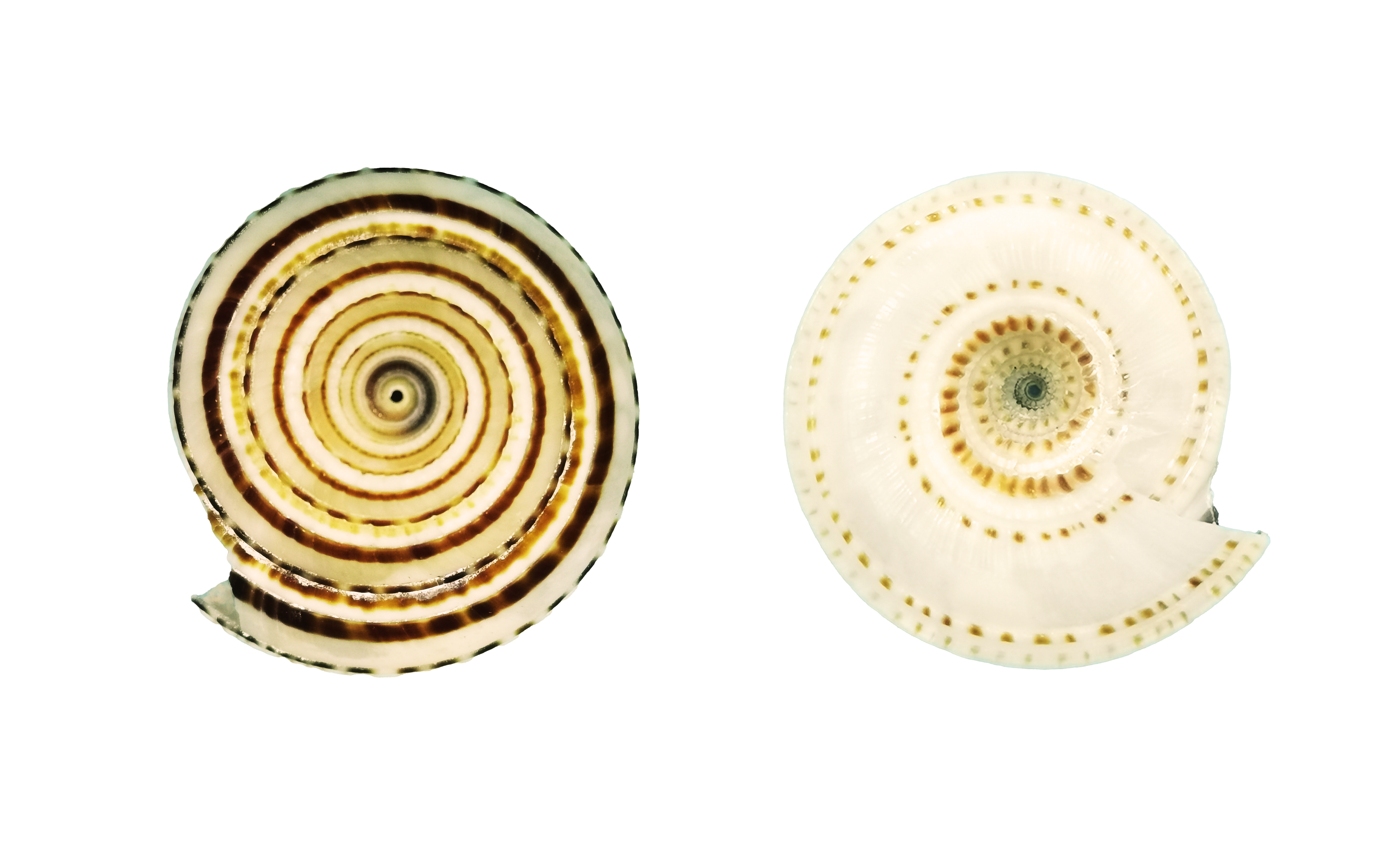
The Clear Sundial of Architectural Inspiration
Ever pondered the snail's genius behind crafting a spiral staircase-like shell? This snail, aptly named in Latin, flaunts an architectural finesse with its swirly bandslike a stairway in snail-land! Not just a looker, these natural wonders sport captivating colours and even boast of "healing vibes." Collectors gladly shell out $6 for ten big ones! But, beware, over-snail-plucking might spell trouble for these little architects. Let's not snail on their parade!
umtmoll 0029
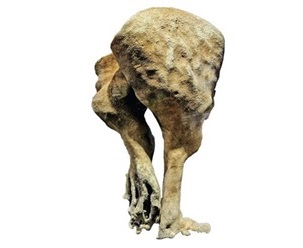
Sponge-tastic Resurgence- From Extinct to Ocean Hosts
Neptune's cup sponge: Cliona patera (Hardwicke, 1820). Meet the ocean's cleanup crew: sponges! They feast by sieving seawater, like underwater vacuums, making the sea sparkle. They're the VIP homes for fish and buddies, throwing epic microbe parties! Believe it or not, a globally "extinct" sponge rocked a comeback tour in 2011! Picture the shockwave as it reappeared in Singapore after vanishing in 1908 in Indonesia. But that's not all in Malaysia's Terengganu waters, a hilarious mishap in 2008 led to Neptune's cup sponge, Cliona patera, getting tangled in a trawl net. This happy accident gave researchers the chance of a lifetime to cozy up with this mysterious creature.
umtSpon 0496
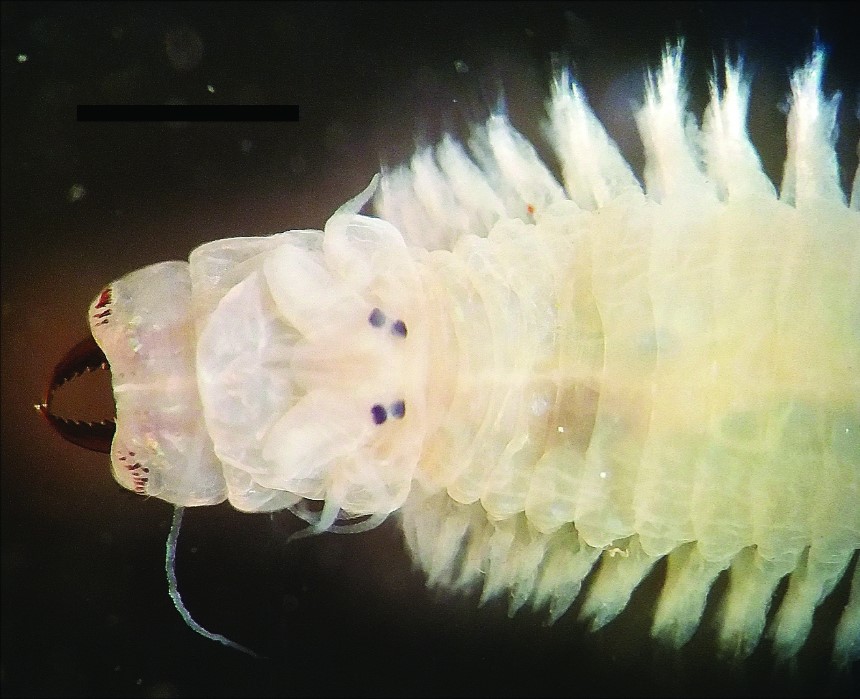
Nereidid worm-Surprise guest
Meet Neanthes glandicincta, the surprise guest on Peninsular Malaysia's eastern coast based on 23 specimens collected from three estuaries (Tumpat, Kelantan Delta, Kelantan; Setiu Lagoon, Terengganu; Kuala Ibai, Terengganu)! In a twist of fate, this estuarine polychaete made its debut as a new record in Malaysian waters. Swapping its usual hideout for a Malaysian adventure, it left researchers and marine enthusiasts in awe, showcasing the oceans' endless surprises. Photographs of a dorsal view of the anterior body with everted proboscis on preserved specimens collected from Setiu Lagoon, Terengganu, Malaysia. Scale bar: 1 mm.
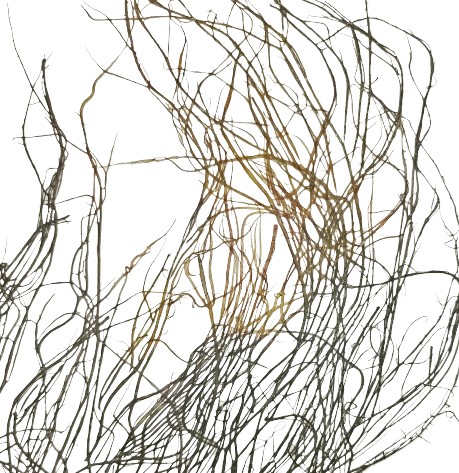
On a diet - Why not try a seaweed salad
Whether you're rocking keto, veggie, Atkins, or going full caveman with paleo, you can chow down on red seaweed (Agar-agar red seaweeds) without the guilt! The fantastic Gracilaria sp. is a nutritional superstar, packed with antioxidants, proteins, minerals, vitamins, and even those funky essential fatty acids. It's basically a major source of food-grade agar. This seaweed sensation grows like crazy worldwide, and in Malaysia, it's even the star of the show in the mouth watering Kelantanese salad, kerabu sare. But wait, there's more! These ocean goodies aren't just for munching; they play dress-up as thickeners, textiles, and even water wizards!
umtp 0584
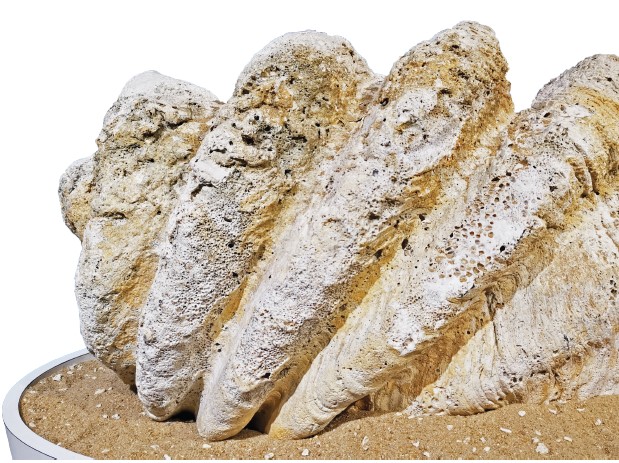
Reef Rookies- Clams with a Taste for Adventure and Clean Plates
These chillaxing Giant Clams (Tridacna gigas) are the ultimate reef loungers, sticking to their coral recliners forever. And guess what? They've mastered the art of doorstep dining! Thanks to their slick siphoning skills, they snag miniature meals drifting nearby a real poolside snack vibe. Just when you thought these clams couldn't get any cooler, here's a mind-blowing bonus: a massive of 85 kilograms specimen (just weight of only one half of the clam), was generously donated to RRC by Prof. Zulfigar bin Yasin collected from Kampung Batu Berhala, Pulau Aur, Johor, back in 2015. This awe-inspiring giant was retrieved during a scientific expedition of Peninsula Malaysia (known as XPDC SOM 2015), and its sheer size meant a crane had to be summoned to lift its magnificent half-shell!
umtmoll 0807
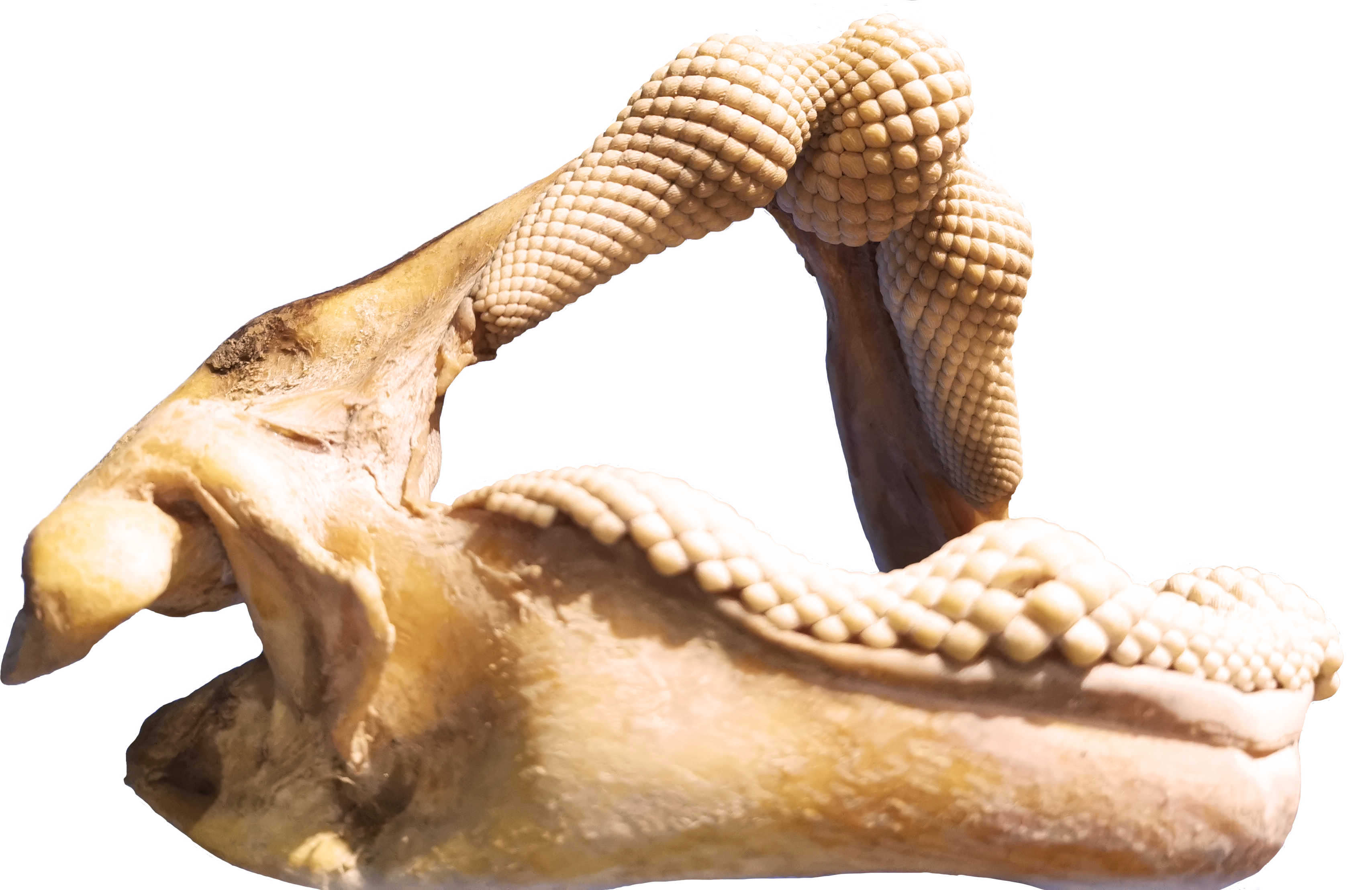
Rays that masquerade as sharks
Rhina ancylostomus known as Shark Ray (Bowmouth Guitarfish). These slick swimmers are the ultimate chameleons, rocking dual fins and eyes that could pass for humans. Sporting spots for a style, they're the fashionistas of the sea, blending into their sandy, muddy, or even coral reef hangouts. But watch out, they're not just about looks these ray-charmers gobble up shellfish like it's a breakfast cereal, thanks to teeth as rugged as coffee grinders! We pay tribute to Samuel Goh, a legendary Terengganu taxidermist, known for his knack for turning marine marvels into artistic treasures. Nestled in this whimsical shop was a jaw-dropping find a jaw of a ray shark straight from Kuala Dungun, Terengganu. It's like the sea's own celebrity relic, a reminder of the enchanting dance between creatures and artistry, back in 2017.

Phylum Entoprocta

Phylum Gastrotricha

Phylum Gnathostomulida

Phylum Hemichordata

Phylum Kinorhyncha

Phylum Loricifera

Phylum Mollusca

Phylum Nematoda

Phylum Nematomorpha

Phylum Nemertea

Phylum Orthonectida

Phylum Phoronida

Phylum Placozoa

Phylum Platyhelminthes

Phylum Porifera

Phylum Priapulida

Phylum Rotifera

Phylum Tardigrada

Phylum Xenacoelomorpha

Early Parasitic Worm Discovery
Found and collected back in 2014, the first and early specimen of parasitic worms collection in RRC is a new species of acanthocephala and published in the Malaysian Society of Parasitology and Tropical Medicine (2021). Acanthocephala are known as thorny-headed worms, characterized by the presence of an evertable proboscis, armed with hooks and spines. This parasite are obligate endoparasites, commonly attached to the intestine of the definitive host. Accompanying the microscopic image were several pages of text that described the three new species and its given scientific name, Acanthogyrus (Acanthosentis) kenyirensis, A. (A. terengganuensis and A. (A.) tembatensis. These acanthocephalans found in the intestine of the Tinfoil Barb Barbonymus schwanenfeldii in Kenyir Lake Malaysia.

Journey Through Time: The Oldest Marine Worm's Tale
In the hushed corridors of the South China Sea Repository and Reference Centre (RRC), where the shelves were lined with countless jars of preserved marine specimens, there sat a rather unassuming container labeled UMTAnn 0487. Little did the staff know that this particular jar held not just any marine worm but a relic from the depths of the ocean's history. The story begins in 18 years ago, on a breezy day in 2005 when the intrepid Cruise 6 staff set sail into the waters off Terengganu, Malaysia. Their mission: to explore the secrets hidden beneath the surface of the South China Sea. After collected this unassuming creature was carefully preserved in 75% of ethanol and entrusted to Mr. Hasnor Hisham for identification.The scientific name is Hermodice carunculata, a polychaete worm belonging to the family Amphinomidae. Little did anyone know that this unassuming worm would become the oldest collection in the South China Sea Repository and Reference Centre, a living testament to the richness of the region's marine biodiversity. Over the years, UMTAnn 0487 became more than just a specimen; it became a symbol of the sea's enduring mysteries. And so, the marine worm with the catalog number UMTAnn 0487 continued its quiet existence on the RRC shelves, a humble ambassador from the depths of the South China Sea, telling a story that transcended time and spoke to the endless wonders that the ocean held, waiting to be discovered by those willing to explore its depths.